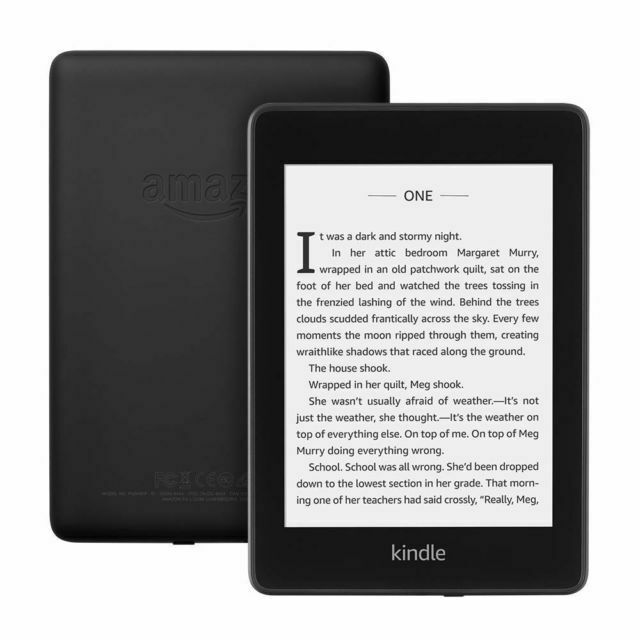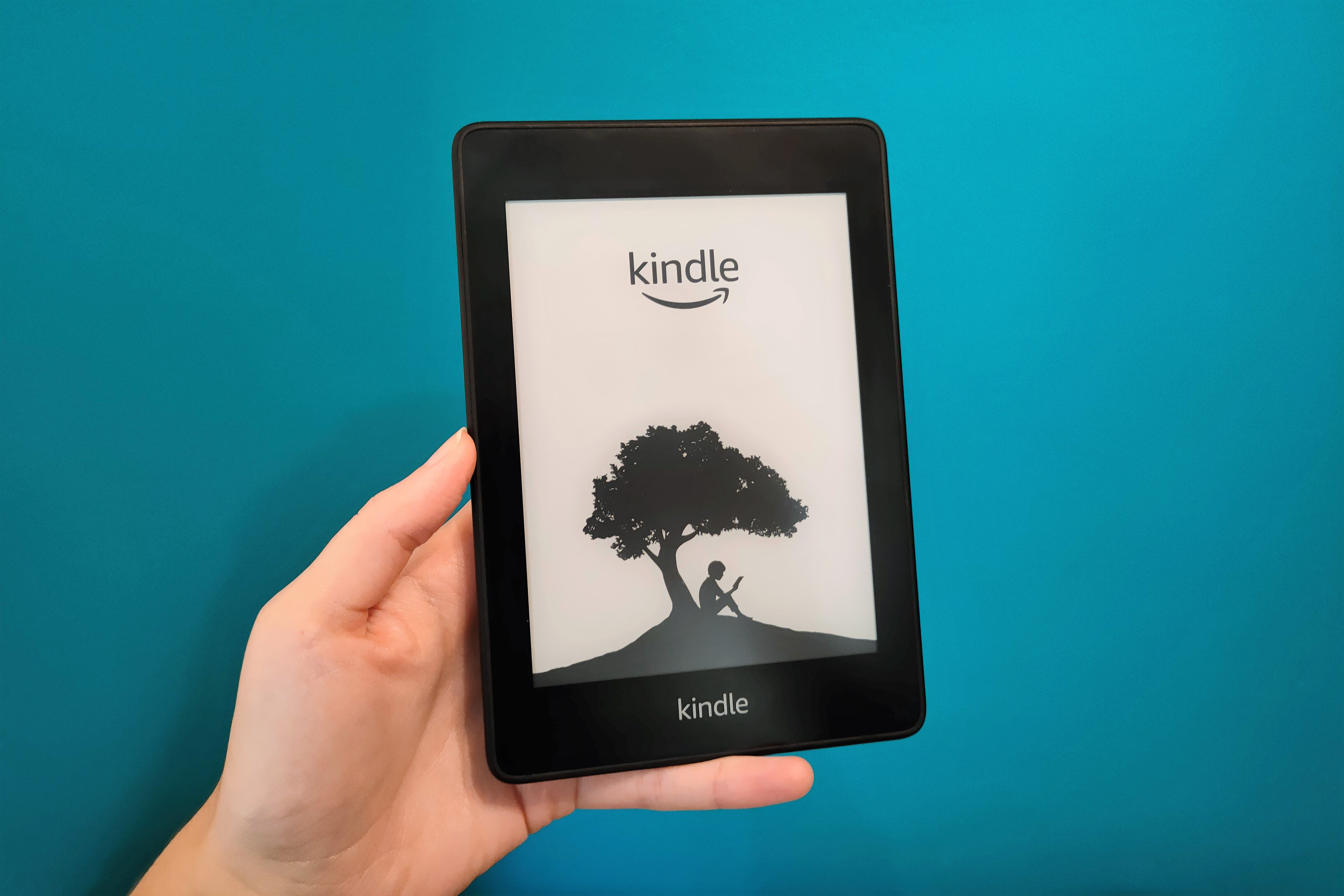Optus Mobile Review ALDI Mobile Review Amaysim Mobile Review Belong Mobile Review Circles.Life Review Vodafone Mobile Review Woolworths Mobile Review Felix Mobile Review Best iPhone Plans Best Family Mobile Plans Best Budget Smartphones Best Prepaid Plans Best SIM-Only Plans Best Plans For Kids And Teens Best Cheap Mobile Plans Telstra vs Optus Mobile Optus NBN Review Belong NBN Review Vodafone NBN Review Superloop NBN Review Aussie BB NBN Review iiNet NBN Review MyRepublic NBN Review TPG NBN Review Best NBN Satellite Plans Best NBN Alternatives Best NBN Providers Best Home Wireless Plans What is a Good NBN Speed? Test NBN Speed How to speed up your internet Optus vs Telstra Broadband ExpressVPN Review CyberGhost VPN Review NordVPN Review PureVPN Review Norton Secure VPN Review IPVanish VPN Review Windscribe VPN Review Hotspot Shield VPN Review Best cheap VPN services Best VPN for streaming Best VPNs for gaming What is a VPN? VPNs for ad-blocking So, with these minor differences in mind, how does the Kindle Paperwhite stack up against the competition? Sticking with Wi-Fi but quadrupling the storage to a frankly unnecessary 32GB will cost you an extra $50 at $149, and upgrading to the top-of-the-line 32GB model with both Wi-Fi and free cellular connectivity will set you back $369 all up. In our experience, the 8GB Wi-Fi only variant is more than enough, but those who like large, picture-heavy books and graphic novels or who don’t have Wi-Fi at home might see the value in paying more. Like all current Kindle and Kobo models, the Paperwhite comes with a backlight as standard. There are 24 notches of brightness to choose from, but keep in mind that the brighter you go, the more your device’s battery life will take a hit. It’s outside on a sunny day, though, that the Paperwhite really shines. No matter how much ambient light is around you, the display will be readable and glare-free as ever. On the downside, there’s no automatic brightness setting, nor is there a warm light adjustment (also known as a blue-light filter). For these features, you’ll have to fork out an extra $200 for the Kindle Oasis, whereas the Kobo Clara HD, Libra H2O and Forma all come with it as standard. Why? Sadly, none of the models in the current Kindle lineup support .epub files, which is by far the most popular and ubiquitous ebook format. There is support for .mobi files, if you can find a site that sells them, but other than that, you’re stuck with the Kindle Store and the proprietary .azw and .azw8 format those books come in. It’s a shame, because many public libraries allow ebook borrowing, but these books are almost always .epub files, so you’ll struggle to find a way to read for free on your Paperwhite. The battery life, like most ereaders on the market today, is simply amazing. According to the product page for the Kindle Paperwhite, it’s capable of lasting “up to six weeks, based on a half-hour of reading per day with wireless off and the light setting at 13” on a single charge. As a self-confessed binge reader, I never got six full weeks out of my Paperwhite as I like to read for hours at a time. That said, an average of one to two hours of reading per day kept me going for close to two weeks. When it is ready for a juice, you can do so in about two to three hours via the included USB 2.0 charging cable. So far, so good, but there’s one thing Aussie shoppers need to be aware of. While the US Paperwhite allows for Audible integration (meaning you can listen to audiobooks by pairing a Bluetooth speaker or headphones to your device), the Australian model offers no such thing. Personally, it’s not a deal-breaker for me, but it’s something to keep in mind.



